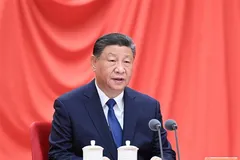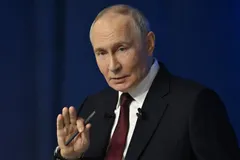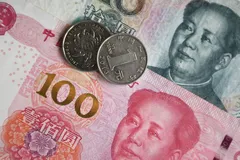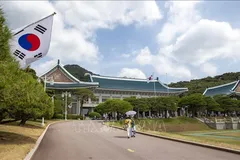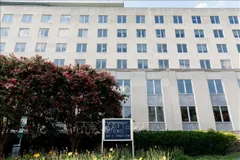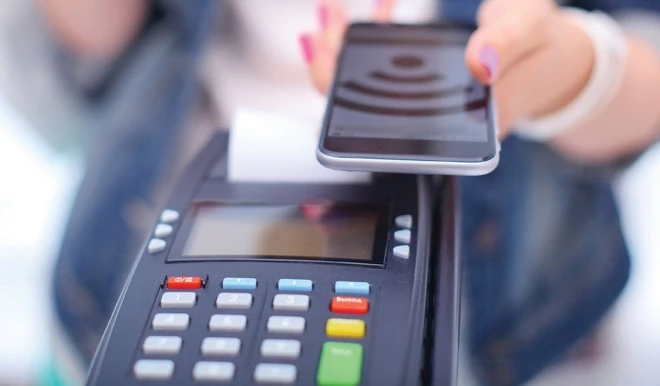
Government in hurry
Even after more than ten years since this service was launched in the world, Vietnam is still considering introducing it across businesses. The Ministry of Information and Communications has now petitioned the Prime Minister to allow telecommunication enterprises to accept electronic payments. At a regular meeting session in March 2019, the Prime Minister had asked the Ministry of Information and Communications and the State Bank of Vietnam (SBV) to develop a pilot plan for telecommunication businesses to offer mobile money services. In November 2019, the draft decree replaced Decree 101/2012 in which non-cash payment methods were announced by the SBV for the first time, accompanied by rules relevant to licensing and operations.
The draft was expected to soon open the door for mobile money services in Vietnam. However, in early 2020, the Government once again had to nudge the SBV to pilot the mobile money service. In March, the Prime Minister asked the SBV to immediately submit a separate decision on the pilot plan for mobile money. Most recently, in Resolution 84 issued on 29 May 2020, on tasks and solutions to remove difficulties for production and businesses, promote disbursement of public investment, and ensure social order and safety in the context of the Covid-19 pandemic, the Prime Minister officially requested a license to deploy mobile money.
Vietnam has long been receptive to the need of deploying mobile money, because the potential for mobile money in the Vietnamese market is huge, with a large number of mobile subscribers that now exceed the population. By the end of 2019, the General Statistics Office had about 129.5 million mobile subscribers in Vietnam. Looking at other developing countries in a similar situation, the mobile money service has changed the lives of millions of consumers after the Government created conditions for them to access electronic payments. According to statistics of the Global System for Mobile Association (GSMA), mobile money available in 90 countries serves about 870 million accounts, with an average daily transaction turnover of USD 1.3 bn.
Need of support solutions
However, with the steps taken, the SBV seems to be cautious in implementing the use of mobile money. For example, the network providers proposed a maximum payment limit of VND 30 mn per month, but in the first pilot project, the SBV only proposed VND 5 mn per month and has now increased the limit by just VND 10 mn per month. Recharging will be done through points of deposit, cash withdrawal and bank account, but not by accepting scratch cards, to avoid unmanageable risks such as money laundering or other illegal activities. In addition, telecommunication enterprises must also meet some other criteria set by the SBV such as charter capital; technical business processes; solvency mechanism, such as the mechanism of opening and maintaining a payment guarantee account balance and the purpose of using the payment guarantee account.
Observers around the world can see two models of mobile money management, notably the mobile network operator (MNO) model and the bank led model (BLM). With the MNO model, operators are not required to follow the same regulatory requirements as banks when they receive deposits or perform deposit-related functions. In the BLM model, mobile service providers are obliged to work with banks, and accordingly subject to prior supervision of financial authorities of a country, comply with customer identification, anti-money laundering and anti-terrorist financing requirements.
Provisions in the draft of the SBV show that Vietnam is more in favor of the BLM model. This is not difficult to explain, because the legal environment for mobile money operating in Vietnam is not complete or synchronized. So far, Vietnam has not finalized the issuance of citizen codes and regulations on anonymous transactions or allowed service providers to set minimum identification requirements. Moreover, if the mobile money account is only identified by the number of customer subscribers at the telecommunications company, the problem of junk sim cards still exists, and this type can still become a money laundering channel when not managed tightly.
In this context, some experts recommend that in addition to prompting the authorities to quickly pilot the mobile money plan, the Government should preside over the construction of customer authentication infrastructure, in order to enhance support for payment solutions, including mobile payments. In the world, many countries have implemented an electronic Know Your Customer (eKYC) and electronic Identification (eID), which is controlled and organized by the Government, bringing many integrated utilities on a single identification card.
Telecom businesses now need to quickly complete the formalities in compiling all mobile subscriber information, customer identification, and control of junk sim cards, so as to complete and submit the facts to the government soonest for further implementation.

